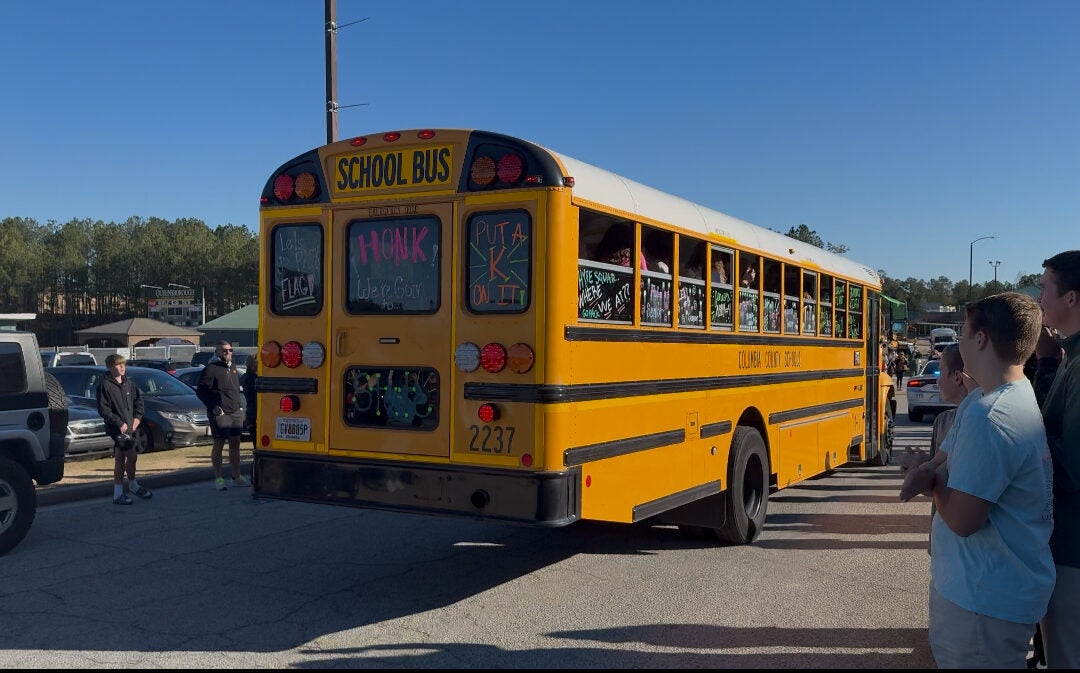When you hear the word “minivan” what is the first thing that comes to mind? To me, I picture a dark green van, sliding doors, full of car seats and kids on the way to some after school sports practice.
Minivans don’t make me think about performance, luxury, or coolness at all, and I am not alone.
According to Kelly Blue Book, only 5% of car shoppers in 2022 would consider purchasing a minivan, which is up from 4% in 2021. Most people will opt for an SUV or a crossover before considering a minivan, but why?
The minivan became popular in the early 80’s after Lee Iacocca took over as the head of Chrysler. Iacocca had developed a minivan project at Ford starting in 1974 but the project was shelved personally by Henry Ford II.
Iacocca was ahead of his time and proved it in 1983 when the first Plymouth Voyager rolled off the assembly line. The 1984 model would sell 209,000 units and start a trend that would peak in 2000, when automotive manufacturers sold over 1.4 million units of various minivan models.
The very first minivans shared the “K-Car” platform, upon which the Dodge Aries and Plymouth Reliant were based; and while none of the cars could be considered styling works of art, the cars (and minivans) were solidly engineered.

In 1989, Chrysler released the Town and Country, an upscale version of the Caravan/Voyager. These had upgraded interiors, faux wood paneled exteriors, and were the equivalent to today’s Cadillac Escalade of the family haulers. I remember fondly going on trips with the Boy Scouts in one of these owned by the den mother. We were kings!
Minivans continued to be popular through the 90’s, with almost every manufacturer producing at least one model. Panel and cargo versions were also released to the delight of flower shops, handyman services, and plumbers. The versatility of the platform led to commercial uses.
In the late 90’s, something changed. The popularity of SUVs started to take hold of the market. With the same room as minivans, but with more power and towing capability, SUVs such as the Ford Explorer, Chevy Blazer, and the Toyota 4Runner started to become the choice of families.
Women gravitated to the larger vehicles due to the higher seating position, which increased visibility. Fuel was cheap and parts were plentiful because these SUVs were based on light trucks. Mom could use it during the week for shuttling children and Dad could tow the boat or camper on the weekends.
Perceptions changed and the minivan became uncool. The SUV became a status symbol.
Into the mid 2000’s sales slumped, and many manufacturers slowed down or axed minivan models completely. Currently there are only four models being sold in the United States with only one being from the “Big Three.” The remaining models are focused on luxury and style, not something normally associated with minivans since their inception.
How could the minivan go from hero to zero so quickly?
Our travel habits and transportation needs have not changed that drastically since their popularity. They offer space, safety, fuel economy advantages, and are cheaper to insure on average. Their sliding doors make it easy to use in narrow parking spaces, and their seat configurations make them more useful than some pickups on the road. They handle better, park more easily, and are easier to get in and out of than many of the SUVs that replaced them.
But they aren’t cool. That’s the problem.
As for me, I will see you on the road!










